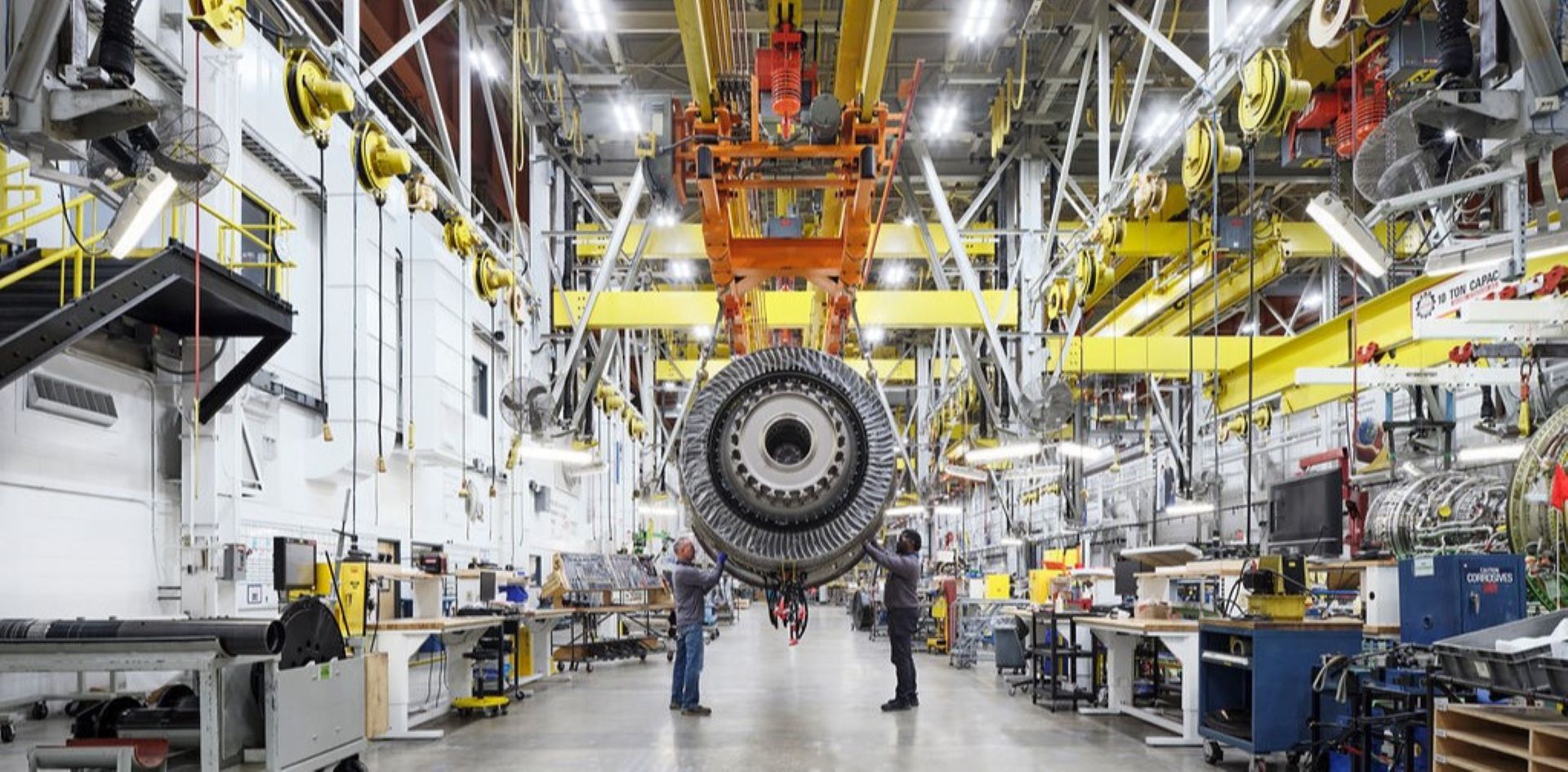CFM International’s advanced LEAP-1B engine was simultaneously awarded Type Certificates by both the European Aviation Safety Agency (EASA) and the U.S. Federal Aviation Administration (FAA), paving the way for entry into commercial service in 2017.
The LEAP-1B engine flew for the first time on the Boeing 737 MAX on January 29, 2016. Since then, two more aircraft have been added to the test program in March and, to date, these three airplanes have logged a combined total of more than 100 test flights, including completing high altitude flight testing in La Paz, Bolivia, recently.
The LEAP-1B engine features some of the industry’s most advanced technologies, including 3-D woven carbon fiber composite fan blades and fan case; a unique debris rejection system; 4th generation three dimensional aerodynamic designs; the Twin-Annular, Pre-Swirl (TAPS) combustor featuring additively manufactured fuel nozzles; ceramics matrix composite shrouds in the high-pressure turbine; and titanium aluminide (Ti-Al) blades in the low-pressure turbine.
![IMG_2038[2]](/news/sites/default/files/uploads/2016/05/IMG_20382-1024x768.jpg) The engine will provide operators with double-digit improvements in fuel consumption and CO2 emissions compared to today’s best CFM engine, along with dramatic reductions in engine noise and exhaust gaseous emissions. All this technology brings with it CFM’s legendary reliability and low maintenance costs.
The engine will provide operators with double-digit improvements in fuel consumption and CO2 emissions compared to today’s best CFM engine, along with dramatic reductions in engine noise and exhaust gaseous emissions. All this technology brings with it CFM’s legendary reliability and low maintenance costs.
Learn more about the CFM LEAP engine family.
“This is another great milestone for the LEAP program and the hard-working team behind it,” said Allen Paxson, executive vice president for CFM. “Everyone, from the project and engineering teams to manufacturing and our suppliers, has done an incredible job of keeping this program on schedule and building an engine that is delivering everything that we have promised.”
The LEAP-1B engine flew for the first time on the Boeing 737 MAX on January 29, 2016. Since then, two more aircraft have been added to the test program in March and, to date, these three airplanes have logged a combined total of more than 100 test flights, including completing high altitude flight testing in La Paz, Bolivia, recently.
“We couldn’t be happier with the way this engine is performing,” said Francois Bastin, executive vice president of CFM International. “Boeing is racking up an impressive number of flight hours with the test aircraft and initial indications are that engine performance is meeting expectations.”
The LEAP-1B engine features some of the industry’s most advanced technologies, including 3-D woven carbon fiber composite fan blades and fan case; a unique debris rejection system; 4th generation three dimensional aerodynamic designs; the Twin-Annular, Pre-Swirl (TAPS) combustor featuring additively manufactured fuel nozzles; ceramics matrix composite shrouds in the high-pressure turbine; and titanium aluminide (Ti-Al) blades in the low-pressure turbine.
![IMG_2038[2]](/news/sites/default/files/uploads/2016/05/IMG_20382-1024x768.jpg) The engine will provide operators with double-digit improvements in fuel consumption and CO2 emissions compared to today’s best CFM engine, along with dramatic reductions in engine noise and exhaust gaseous emissions. All this technology brings with it CFM’s legendary reliability and low maintenance costs.
The engine will provide operators with double-digit improvements in fuel consumption and CO2 emissions compared to today’s best CFM engine, along with dramatic reductions in engine noise and exhaust gaseous emissions. All this technology brings with it CFM’s legendary reliability and low maintenance costs.Learn more about the CFM LEAP engine family.





